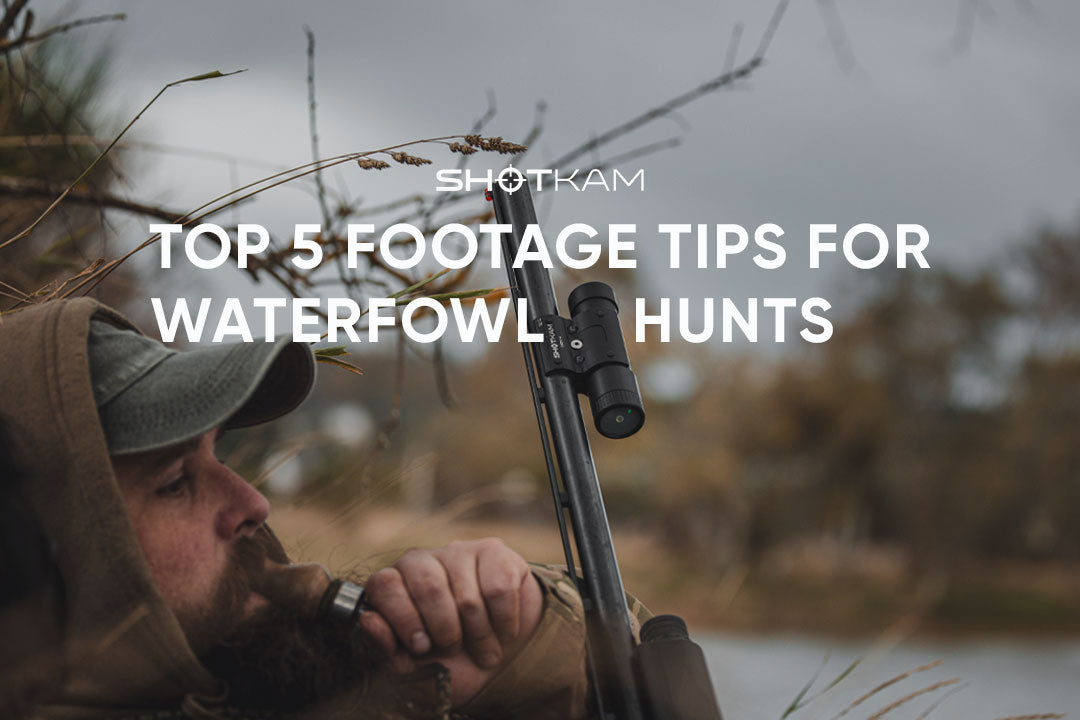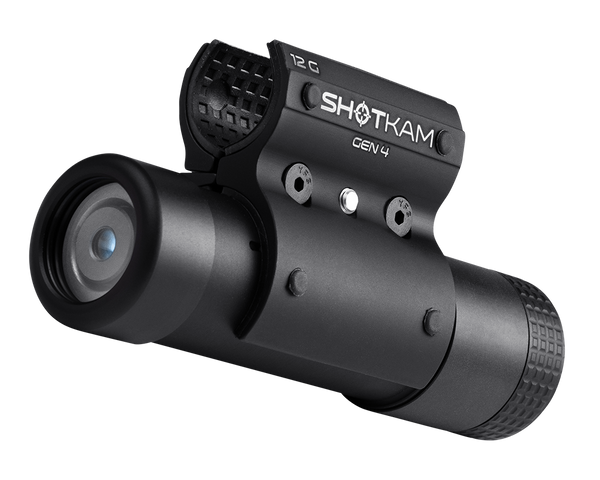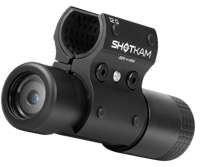Bemästra Skeetskytte: Tips och Tekniker för Station 2
Introduktion
Som en passionerad skeetskytt har jag (David Stewart, VD) tillbringat otaliga timmar med att finslipa min teknik och förbättra mina färdigheter på banan. En station som alltid varit särskilt utmanande är Station 2, med dess höga och låga duvor. Med tiden har jag lärt mig värdefulla insikter och strategier som har förbättrat min prestation avsevärt. I denna blogg delar jag med mig av mina erfarenheter och ger användbara tips för att bemästra Station 2, så att du kan bli en mer självsäker och träffsäker skytt.
Förbered dig för Framgång
För en bra start bör du placera fötterna i det bakre vänstra hörnet av rutan, med höfterna riktade mot det låga huset. Detta ger en stabil grund, vilket gör att du kan röra dig smidigt och reagera snabbt på lerduvorna.
Hållpunkten är Viktig
Ett vanligt misstag skyttar gör vid höga duvor på Station 2 är att sätta hållpunkten för högt, vilket blockerar sikten. För att undvika detta, håll hållpunkten i nivå med nedre kanten av fönstret, cirka sex meter ut. Genom att analysera ShotKam-filmerna ser du att den ideala rörelsen börjar strax under duvan och går smidigt uppåt längs mållinjen. Sikta på denna smidiga övergång varje gång.
Hitta Målet
Att snabbt lokalisera duvan är avgörande för att undvika överdrivna och ryckiga ögonrörelser. I stället för att titta direkt på pipan, titta mjukt lite till vänster om den, och rikta sedan uppmärksamheten mot det vänstra huset. Lita på ditt perifera seende för att upptäcka duvan när den kommer ut genom fönstret.
Utföra Skottet
När fotpositionen och hållpunkten är fastställda är självförtroende nyckeln när du ropar på duvan. När duvan närmar sig, fokusera på målet och rör dig med ett konstant försprång. ShotKams hårkors motsvarar gevärets korn, så leta efter en stadig anläggning och ett mjukt avslut i dina videor. Duvan bör alltid vara synlig i bildrutan.
Bemästra Låg Duvan 2
För låg duva 2 är fotpositionen densamma som för hög: bakre vänstra hörnet av rutan med höfterna riktade mot det låga fönstret. Hållpunkten flyttas dock till cirka tre meter ut, i nivå med fönstrets nedre kant. Denna justering är avgörande för att inte blockera din sikt med pipan.
Precis som vid den höga duvan, fokusera blicken något till höger om pipan, mot det låga huset, för att snabbt upptäcka duvan. Kom ihåg att en jämn uppföljning och konstant försprång är avgörande för att träffa duvan säkert över mittpinnen.
Bemästra Dubbeln
Att skjuta dubbelduvor vid Station 2 kräver finess och timing. Motstå frestelsen att skynda med det första skottet. Börja med samma uppställning som vid enkelduvor, med fokus på fotposition och hållpunkter för både hög och låg duva.
Skjut den höga duvan före eller över mittpinnen, vilket ger den låga duvan tid att röra sig mot mitten av fältet. Ta dig tid att följa upp det första skottet innan du byter till det andra målet.
När du växlar till den låga duvan, håll geväret stadigt mot kinden och håll dig framför målet. Fokusera helt på duvan och använd en jämn rörelse med stabil uppföljning.
Slutsats
Att bemästra Station 2 i skeetskytte kräver korrekt fotplacering, kontroll över hållpunkten och effektiva tekniker för målfångst. Genom att analysera ShotKam-filmer och arbeta med konstant försprång kan du förbättra din prestation avsevärt på denna utmanande station. Gå ut på banan med självförtroende, använd dessa tips och njut av att krossa duvor med precision och elegans. Lycka till!
Fler Lektioner i Skeetskytte
Om du vill ha fler guider om att bemästra olika stationer i skeetskytte, kolla in våra andra bloggar:
Vi har ännu inte skapat videoguider för stationerna 3 och 8, men planerar att göra det i framtiden. Håll utkik efter fler uppdateringar och resurser som hjälper dig förbättra dina färdigheter inom skeetskytte!
Du läser:











